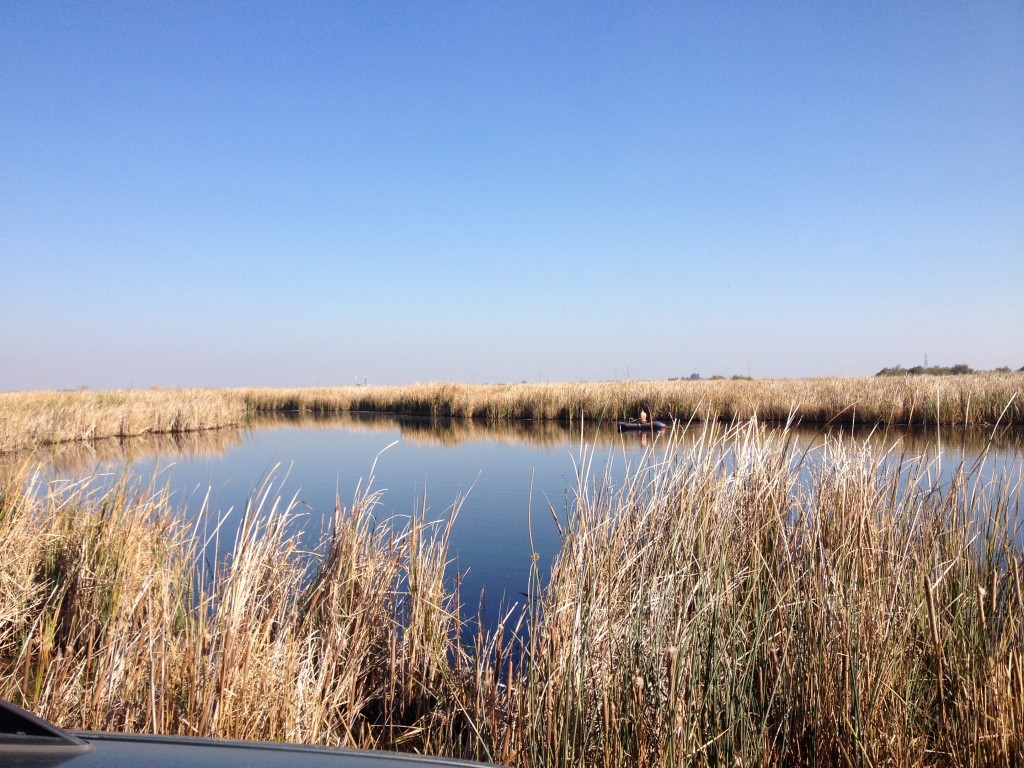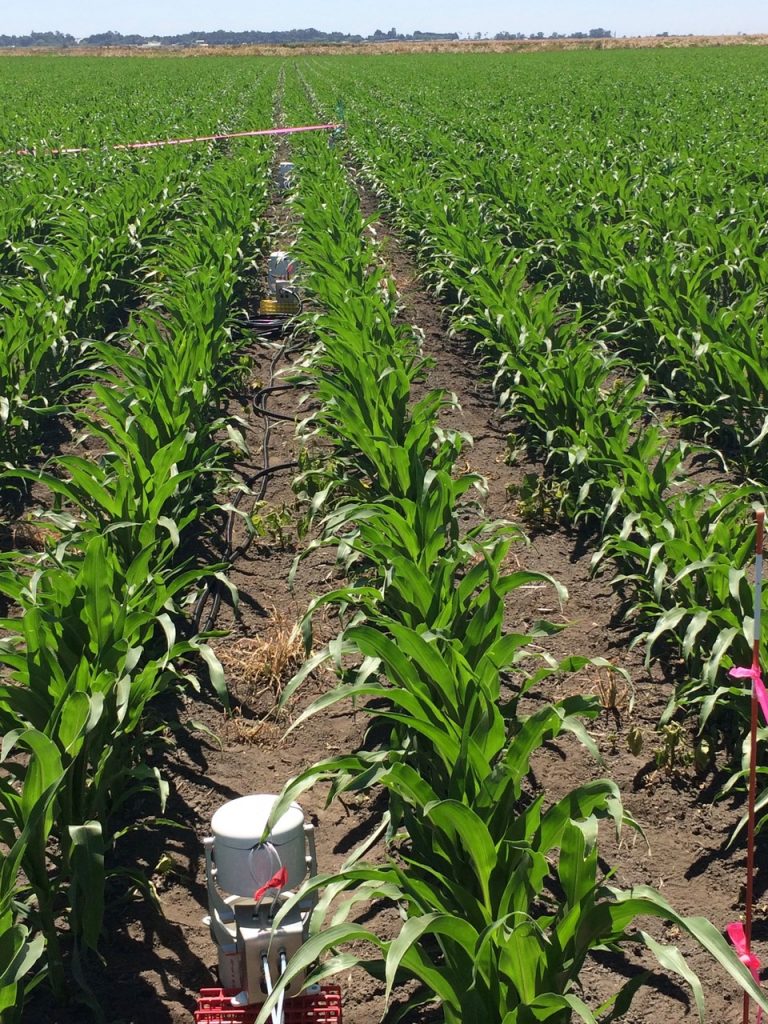Peatlands play a significant role in the Earth’s terrestrial carbon (C) cycle, accounting for approximately one-third of the global soil C reservoir. Drained peatlands provide rich agricultural soils, but are high emitters of CO2 and nitrous oxide, a potent greenhouse gas. Re-flooding drained peatlands can increase soil C sequestration, but also leads to methane emissions, another potent greenhouse gas.
What are the controls on greenhouse gas emissions in peatland soils under different management scenarios?
How does flooding affect the net global warming potential of these ecosystems, and do prior conditions dictate post-flooding trends?
What are the long-term impacts of re-flooding relative to current agricultural practices with regard to greenhouse gas emissions and carbon sequestration rates?
Our research explores these trade-offs with the goal of determining the best practices for managers and policy makers. We collaborate with a diverse group of scientists to approach the problem from above- and belowground, and from small scales to large.

